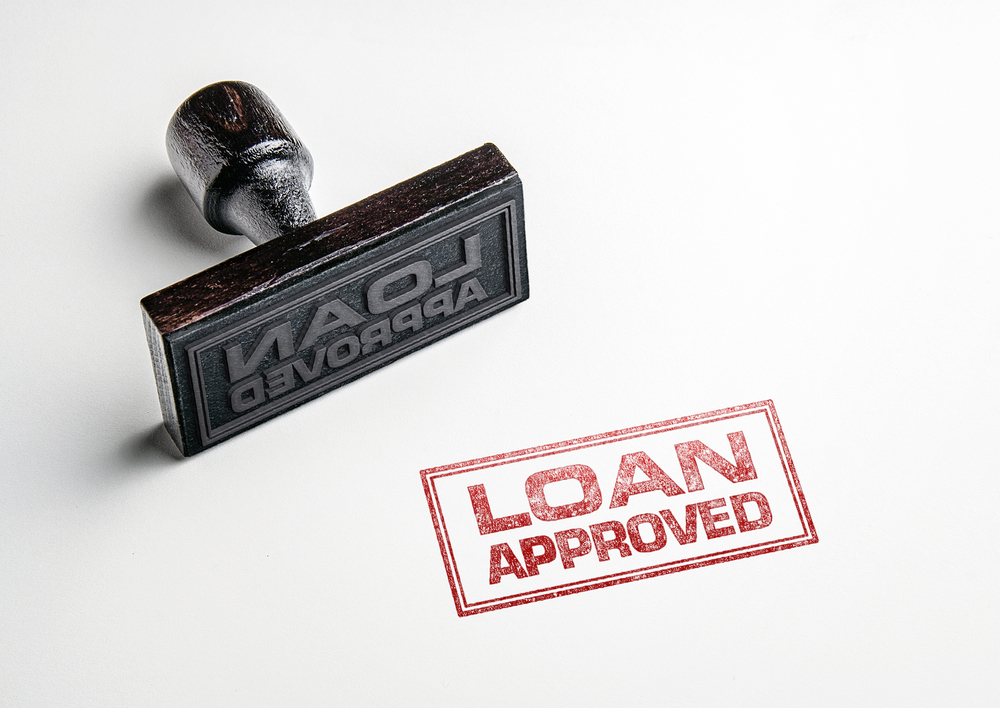How to Get A Loan With Bad Credit
The information in your credit report, such as your credit usage, payment history, and credit checks, is used to calculate your credit score. A credit score that falls between 580 and 669 is considered “fair,” whereas a credit score that falls below 580 is considered “poor.” Lenders may not trust borrowers with a poor or fair credit score, which makes it difficult to secure new lines of credit. Fortunately, it is possible to get a loan with bad credit. Here’s what you need to know:
Secured vs. Unsecured Loans
There are two main types of loans: secured and unsecured. A secured loan is supported by personal property that is used as collateral, whereas an unsecured loan is not. It’s riskier for lenders to issue unsecured loans—especially to borrowers with bad credit—since no personal property is used as collateral. For this reason, lenders rely heavily on a borrower’s credit score when determining whether or not to issue a loan.
However, there is less risk involved with secured loans. If a borrower stops making payments, the lender has the option of taking ownership of the collateral in order to repay the loan. Because of this, lenders will not hesitate to issue a secured loan to borrowers with poor credit. In fact, many lenders will not even check borrowers’ credit scores when they apply for a secured loan. The only thing that matters is that they have properties that can be used as collateral.
The bottom line: look for a secured loan rather than an unsecured loan if you have a fair or poor credit score.
Types of Secured Loans
There are several different types of secured loans for borrowers to choose from. The first is a savings-secured loan, which is secured by the money in your savings account. The money in this account will be frozen until the loan has been repaid, which means you won’t be able to touch it until you have completed making payments on the loan. If you stop making payments, the bank can take ownership of the money in your account.
Another type of secured loan is a car title loan, which is available to anyone who owns a vehicle. The title to your vehicle is used as collateral for a car title loan. But this does not mean that you will have to hand over the car keys to the lender. You are still allowed to use the vehicle even though it is collateral. The lender will only take control of the vehicle if you stop making payments on your loan.
There are also equipment loans, which are often used to finance businesses. These loans are supported by valuable equipment that belongs to the business, such as computers or heavy machinery. Most lenders will allow you to borrow up to 70% of the value of the equipment that is used as collateral.
A bad credit can become a problem when it comes to borrowing money or applying for a credit card, credit account, or unsecured home loan. Poor credit can occur for a variety of reasons and it doesn’t necessarily have to be because you misunderstood your finances as roughly as they seem.
The concept of credit score is a measure of assessed ability to pay your debts. Debts in this case mean loans, credits, and invoices. A credit rating assessment is usually made by a credit reporting company that has information on your income and how much you have paid in interest during the last tax year. Some credit reporting companies also have information about your debts and with which creditors you have previous loans and credits. What the credit reporting companies are not aware of is the most recent events and what you have for expenses in addition to the loans and credits that are shown in the credit information. Examples of such are how much you pay in rent each month, any maintenance payments you receive, any travel costs to and from work, and much more.
The overall assessment of your prerequisites for managing a loan does the loan company itself and that is why you get to answer a number of supplementary questions about your personal finances. In the summary assessment of the credit rating, the information in the credit information is combined with the information you have provided about rent, loan costs per month, and other private expenses.
This results in a calculation that will show that you are most likely to be able to meet your financial obligations. The result of the calculation shows if you have a surplus after you have paid your personal expenses, chances are that you have enough credit score to be approved for a loan. Your personal expenses include everything you pay, including standard costs for children living at home under the age of 18. If the calculation instead shows that your money is barely enough to pay your expected expenses each month, it means that you are considered to have a low credit rating and it can be difficult to get a loan.
One thing that always causes problems with creditworthiness is if you have previously neglected your finances and received payment notes or have a debt balance.
Don’t let a fair or poor credit score prevent you from securing a new line of credit. Use this guide to quickly get approved for a new loan despite your low credit score.



